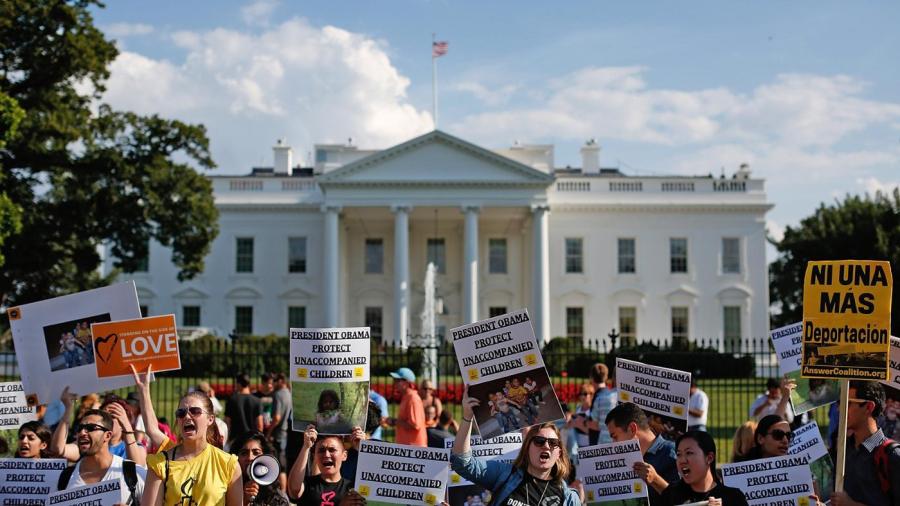How Many People Immigrate to the United States Each Year?

The number of people immigrating to the United States fluctuates depending on the year. In 2015, a total of 1.38 million immigrants moved to the United States, according to American Community Survey (ACS) data.
As of 2015, the immigration population in the United States exceeded 43.3 million people, which equated to about 13.5 percent of the total population in the United States (whose total population was 321.4 million), according to the American Community Survey. Although the number of people immigrating to the United States rose by 2.1 percent between 2014 and 2015, or 899,000 people, the immigrant population growth rate was lower than it was between 2013 and 2014 when there was a 2.5 percent increase in the number of immigrants arriving in the United States. In 2014, approximately 1.36 million people immigrated to the United States, which means there was a two percent increase in immigration traffic to the country between 2014 and 2015. These numbers reflect the number of legal immigrants who enter the United States, although there may be many more illegal immigrants arriving in the country each year.
Composition of the Immigration Population
In addition to fluctuating by number, the immigration population in the United States changes over time by composition. In 2015, most people who came to the United States were from India. In that year, the Indian immigration population reached 179,800. The second most common country for immigration was China. Approximately 143,200 Chinese immigrants arrived in the United States in 2015. That same year, 139,400 immigrants came to the United States (legally) from Mexico. Roughly 47,500 immigrants came from the Philippines. Canada represented the fifth most common immigrant group, with 46,800 Canadian citizens arriving in the United States in 2015. Most of the immigrants who arrive in the United States are foreign born, but some are naturalized citizens, permanent residents and other individuals who previously lived in the United States for a long time before leaving and eventually returning.
Immigration’s History in the United States
Although the number of immigrants coming to the United States changes every year, immigration itself is not new. The country has a long history of immigration, when the first wave of European immigrants began arriving on American shores in the 1500s. Then, immigrant groups were comprised primarily of French and Spanish citizens. In 1607, the first English colony began in what is now Virginia. Other Europeans also arrived during the 1500s and 1600s, including many who were fleeing religious persecution. In the 1800s and 1900s, the United States government established strict laws regarding immigration. These laws regulated entry into the United States by determining what countries the United States would take immigrants from. In 1970, just over 370,000 immigrants came to the United States and were granted residence status. About 60 percent of this group was comprised of Europeans. In the 1980s, the federal government passed the 1986 Immigration Reform and Control Act, which penalized employers for purposely hiring non-immigrant workers. In the wake of this act, immigration numbers to the United States surged. While the demographics of immigrants to the United States is comprised primarily of Asians and individuals from South America and Central America in modern times, the nation traditionally saw the greatest influx of immigrants from countries across Europe.





